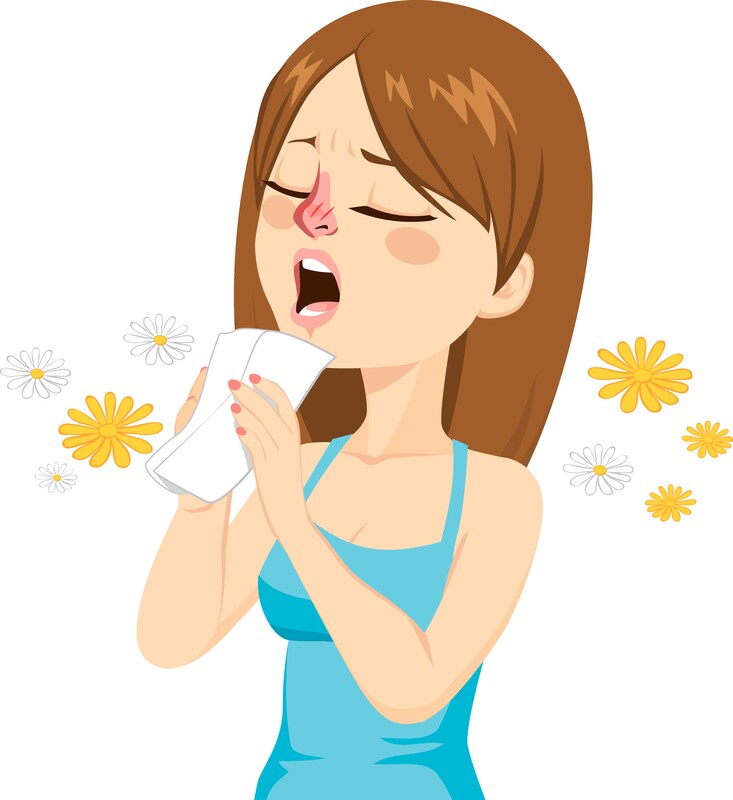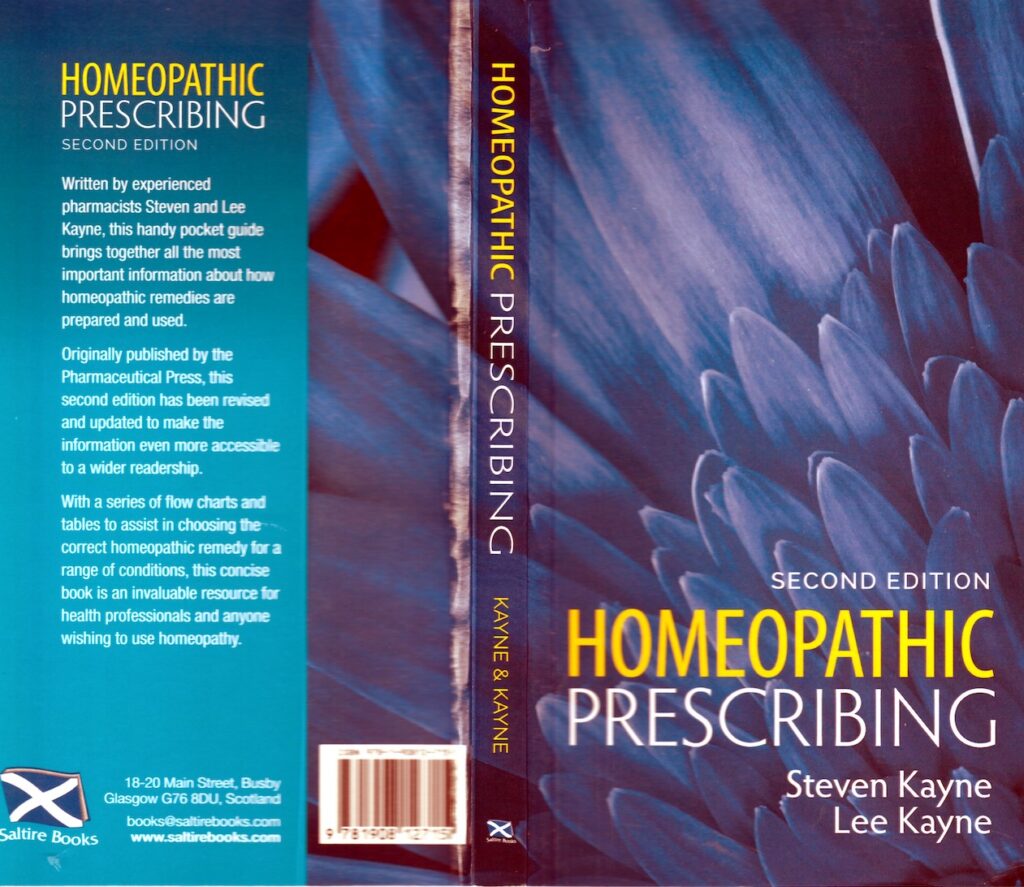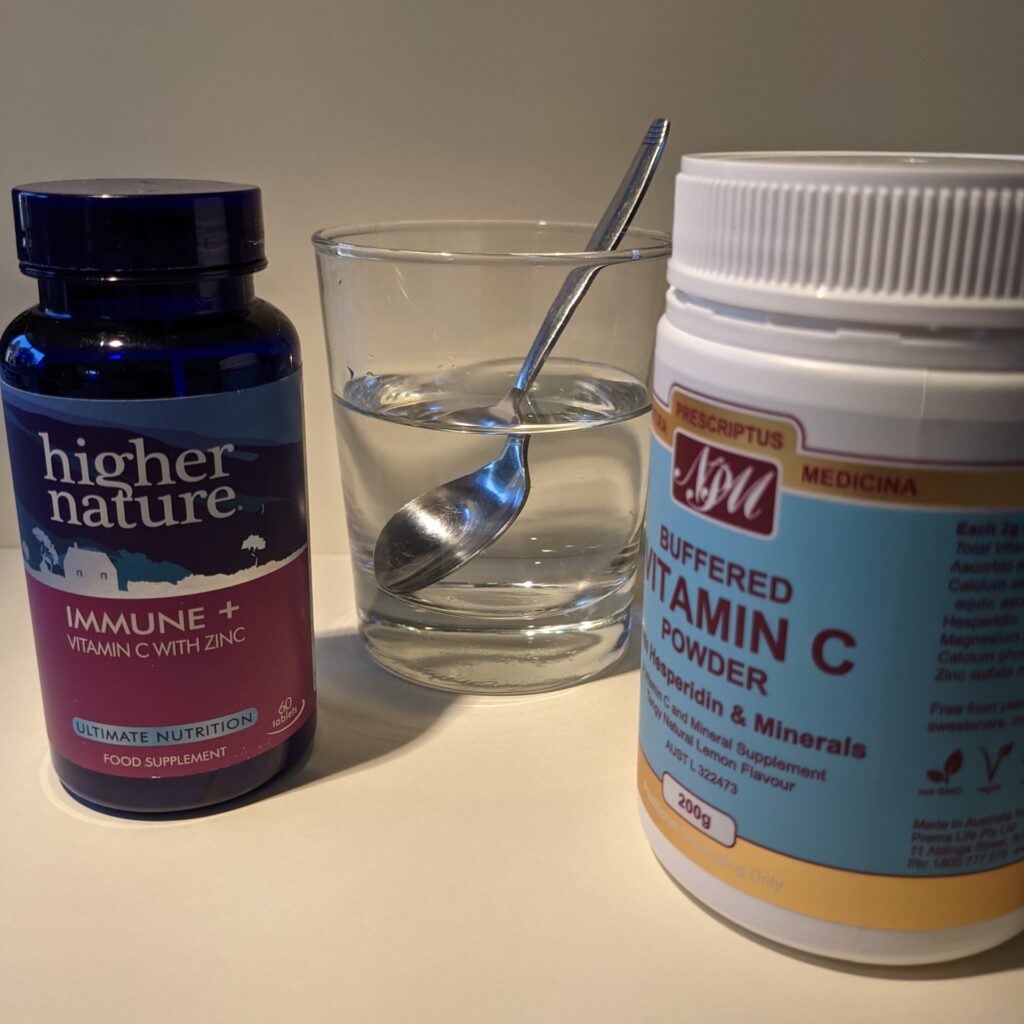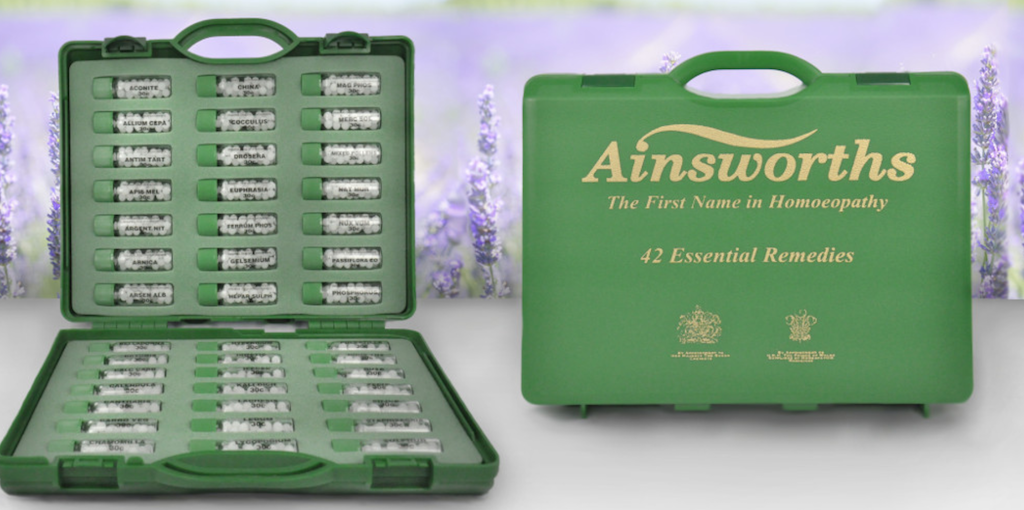
The season for respiratory ailments is once again upon us. In this short article I look at the use of Homeopathy for Flu and Cold as well as other self-help measures.
Frankly, the other self-help measures are the most important.
This blog continues the study on the use of a first aid kit of homeopathic remedies. Kits can be obtained from homeopathic pharmacies such as Ainsworths or Helios.
There is also a nice little book of charts to guide selection published by Saltire Books

Here is a nice ancedote. What you would do if a £20 note blows into the garden? With a ‘cold’ you will nip out and get it; with ‘flu you will not! Influenza is not a headcold.
The late Dr Andrew Lockie in his Family Guide to Homeopathy writes:
“Influenza is caused by many different strains of virus and spread by droplet infection. It affects the respiratory tract causing a sore throat, cough and sometimes chest pain, but also produces muscular aches and pains generally, chills headache and fever. Incubation period is 1-2 days, fever lasts 2-3 days, and full recovery may take 1-2 weeks. Young children, elderly people, smokers, diabetics, and people who suffer from chronic lung disease are likely to be hit hardest. Possible comlications are acute bronchitis and pneumonia. One attack only confers limited immunity. Provided there are no complications, best treatment is bed rest and plenty of fluids. Antibiotics are not appropriate unless there is a secondary infection. If your temperature is not back to normal within 4 days, see your GP.”
He continues, “Since each ‘flu outbreak is caused by a slightly different virus immunization – orthodox or homeopathic – can only be partially effective”.
Sure, for a ‘head cold’ you will probably muddle through. But you would be ill advised to do that if it is a ‘proper’ influenza. As Lockie says, you need rest. That way your immune system has one task – that is to get fight the virus.

Vitamin C is an excellent anti-viral. Everyone should have Vitamin C in their cupboard. It is very safe because it is water soluble and excess leaves the body in the urine.
Here are some words for a book titled Superimmunity for Kids by Leo Galland M.D. (pub: Bloomsbury 1989). This book was my little ‘bible’ when my son was young. Under the heading Respiratory Infections, Sore Throats, Colds and Flu, he writes:
“I recommend rest, chicken soup and TLC. For severe infections with fever, lots of aches and/ or uncomfortable congestion, I find short megadose therapy of vitamin C helpful.
On Vitamin C: This vitamin has a direct anti-viral effect: it blocks the pathways by which viruses enter cells.
To treat severe colds, viral infection such as sore throats or bronchitis, and flu, I find megadoses of vitamin C very effective…
I recommend the highest dose you [your child] can take. 1000mg an hour, until he begins to get loose bowels (Excess vitamin C…draws water into the intestines). This will establish [the] saturation point. Stop the vitamin C until the next day, when you should give [him] 1000mg every 2-3 hours until the bowels become loose. Stop the vitamins again until the third day, when you should give 1000mg every four to six hours. Maintain this dose until the cold is over, then gradually cut the dose back over two weeks to 1000mg a day.
The anti-viral effect of vitamin C depends on getting the highest level possible into the tissues. Is it safe? Very: not only against viruses but also acute allergic reactions. When should you not give vitamin C? If you [your child] has kidney disease or is too sick to take food and liquid along with it.“
[Personally, I have not found short term high doses to result in loose bowels, but we react individually and Dr. Galland’s guidance on management above is clear].
The mineral Zinc can be helpful also – 25-30mg daily for a few days (say 5).
Recently Vitamin D has risen in prominence as an immune system support, especially during the winter period, as sunlight is necessary for its synthesis. 20mcg (microgram) / 800 IU is a typical supplementation, but in the darkest days 50mcg / 2000 IU daily will do no harm – (how much vitamin D to take).
Short term use of the herbal product Echinacea is also helpful (follow manufacturer’s instructions).
Over the Counter Medications
Paracetamol containing products (e.g. Calpol) bring about symptomatic relief by controlling fever etc. But they have no curative power whatsoever.
Fever has a purpose, which is to kill the virus. Thus use of paracetamol, or aspirin will prolong your illness – even if you feel a little better. Furthermore excess use – especially in ‘flu, risks contracting a persistent fatigue state. Instead follow the guidance above and keep your fluid intake up.
Reflection
Conventional thought of long standing favours the virus theory. Some of iconoclast leanings are less convinced. Even the concept of the ‘virus’ is challenged – it is so darn small that challenge the most powerful imaging technology. Thus, they ask, whether what is seen is truly the entity we call a virus or something else? Perhaps resulting debris consequent on the ‘invisible’ virus?
A little iconoclasm is good; it makes you think.
Be that as it may, it is fair to say that not everyone ‘catches’ the cold even when in proximity to someone coughing and sneezing. So why is one person susceptible and another not?
An esoteric view might be that that our illnesses are a something of a clean out of toxins. And maybe even a ‘message’ that you need to step back from the stresses and strains of daily life.
Your illness could be a life lesson, so reflect on it.

For more on the benefits of purchasing a first aid kit of basic homeopathic remedies, see my earlier blog Family Care with Homeopathy
Classical homeopathic prescribing considers the following:
Consider homeopathic treatment like finding the right key for a lock, if after a taking the remedy for a short while (see below for method) there is no response, then try another. The remedy has to resonate.
The task is to match the charateristics of the remedy or medicine with the symptoms of the patient. The symptoms reflect the body’s attempt to cure, which you want to encourage. The homeopathic remedy echoes those symptoms and stimulates an immune response. This is the principle of ‘like curing like’ (which is what the word Homeopathy means). Properly applied you will get better quicker.
Homeopathic medicines are absorbed through the mucous membranes of the mouth – not the gut. So you let the pill dissolve under the tongue.
A simple alternative approach is to put one or two pills into a bottle of water and shake (they may not dissolve straight away – that does not matter). Then sip on and off through the day (lightly shake each time). Hold in the mouth for a few seconds then swallow.
The active homeopathic remedy is typically absorbed onto a sugar pill. When you put the pill into water the pattern or resonance of the remedy transfers to the water. You can top up the water bottle without adding another pill.
If you see no improvement in 24-36 hours then you should retake your case and try another remedy. Once there is clear improvement then you can stop taking the remedy – the body will take over.
What follows is drawn from Dr Lockie’s book and the remedies typically found in first aid kits.
For guidance on the use of homeopathy in acute (i.e. self limiting) illness please book a discovery call via my website or mail me at [email protected].
I am also happy to give short talks to groups on the homeopathic approach to the treatment of both minor and chronic (i.e. deeper seated) ailments.